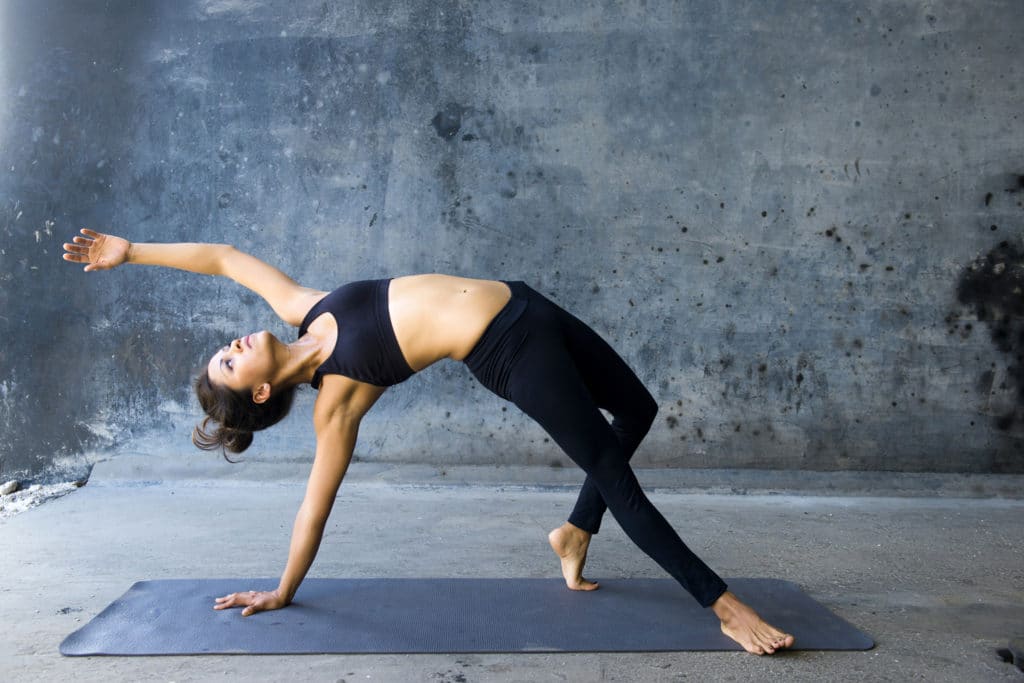Last updated: March 20, 2020

An example of this concern is
Yin yoga is extreme! It comes from a Chinese martial arts master, Paulie Zink, and who has an extreme amount of flexibility. This degree of hypermobility may be good for contortionists, but not for normal people.
This concern may be valid if the form of Yin Yoga being discussed is the form developed by Paulie Zink. However, this concern is not applicable to the style of Yin Yoga developed by Paul Grilley. To understand this distinction, a brief history of the naming of Yin Yoga is required. (For a longer explanation, see Who Owns Yin Yoga on the YinYoga.com Forum.) To avoid confusion I will refer to Paulie Zink’s practice as “Yin Yoga (Z)” and Paul Grilley’s as “Yin Yoga (PG).”
Paul Grilley began using the term “Yin Yoga” around the year 2000. (He published his book Yin Yoga, Outline of a Quiet Practice in 2002.) He and Sarah Powers decided to use the name “Yin Yoga” for their practice to differentiate it from the offerings of Paulie Zink’s Taoist Yoga. Sarah coined the term “Yin Yoga,” and this was the first use of the term. Paul had studied with Paulie once a week for several months in the late 1980s, but what Paul was offering by 2000 was not what Paulie was teaching. Paul’s Yin Yoga was very different from Paulie’s Taoist Yoga. However, in 2009 Paulie created the “Yin Yoga Institute,” and by 2011 he was calling his Taoist Yoga “Yin Yoga,” which created a lot of confusion that still exists today. To be clear, Paulie’s teaching did not change; only the name of what he was teaching changed.
The teachings of Paul Grilley and of Paulie Zink are both wonderful practices, but they are very different practices: as different as chalk and cheese, or Ashtanga and restorative yoga. Paul did not intend or pretend that his offering was the same as Paulie’s. Yin Yoga (Z) is a practice derived from Paulie’s martial arts background. Paulie’s practice is amazing, and if you are not familiar with it, there are many YouTube videos that capture its flavor and performance. Paulie has called his practice many things over the years: DaoYin, Taoist Yoga, Yin and Yang Yoga, and finally Yin Yoga.
While Paul did study with Paulie for several months, Paul never did Paulie’s martial arts practice. Paul Grilley extracted the passive elements from Paulie’s warm-up sessions that preceded his martial arts training, added a Traditional Chinese Medicine (TCM) basis for the energetic effects (thanks to his training with Dr. Hiroshi Motoyama), modern anatomical understanding (thanks to his studies with Dr. Gerry Parker and his own research), and placed it into a solid yogic tradition.
Paulie Zink’s offerings were never like this and still are not like this: his practice is still Taoist Yoga derived from his martial arts training. While it is amazing, it is not Yin Yoga (PG)—never was and probably never will be.
In a Yin Yoga (PG) class, the intentions are not to go to ultimate ranges of motion, not to hold beyond a reasonable amount of time, not to experience pain, or any other extremes. A good Yin Yoga teacher would never encourage extreme attitudes or expectations. Beginners can do Yin Yoga (PG) and, indeed, it may be better for beginners to yoga to start with a Yin Yoga (PG) practice than an active yang or vinyasa practice because they have time to learn how to sense their bodies (see the section on Beginners can do Yin Yoga.)
There are only ~25 postures used by most Yin Yoga (PG) teachers, if even that. I use about 15. This is not an extreme number! Think of the hundreds of postures in the yang world of yoga. In Yin Yoga (PG), there are no “foot behind the head” poses, or “drop back to wheel” or 108 sun salutations. The poses are seated and simple but challenging to a degree. The edge is not to be passed, but played. If pain arises, it is time to come out. Thus, I disagree with opening assertion of “Yin Yoga is extreme.” That, arguably, may be true of Yin Yoga (Z), but Yin Yoga (PG) is far from extreme.
Return to Topics
